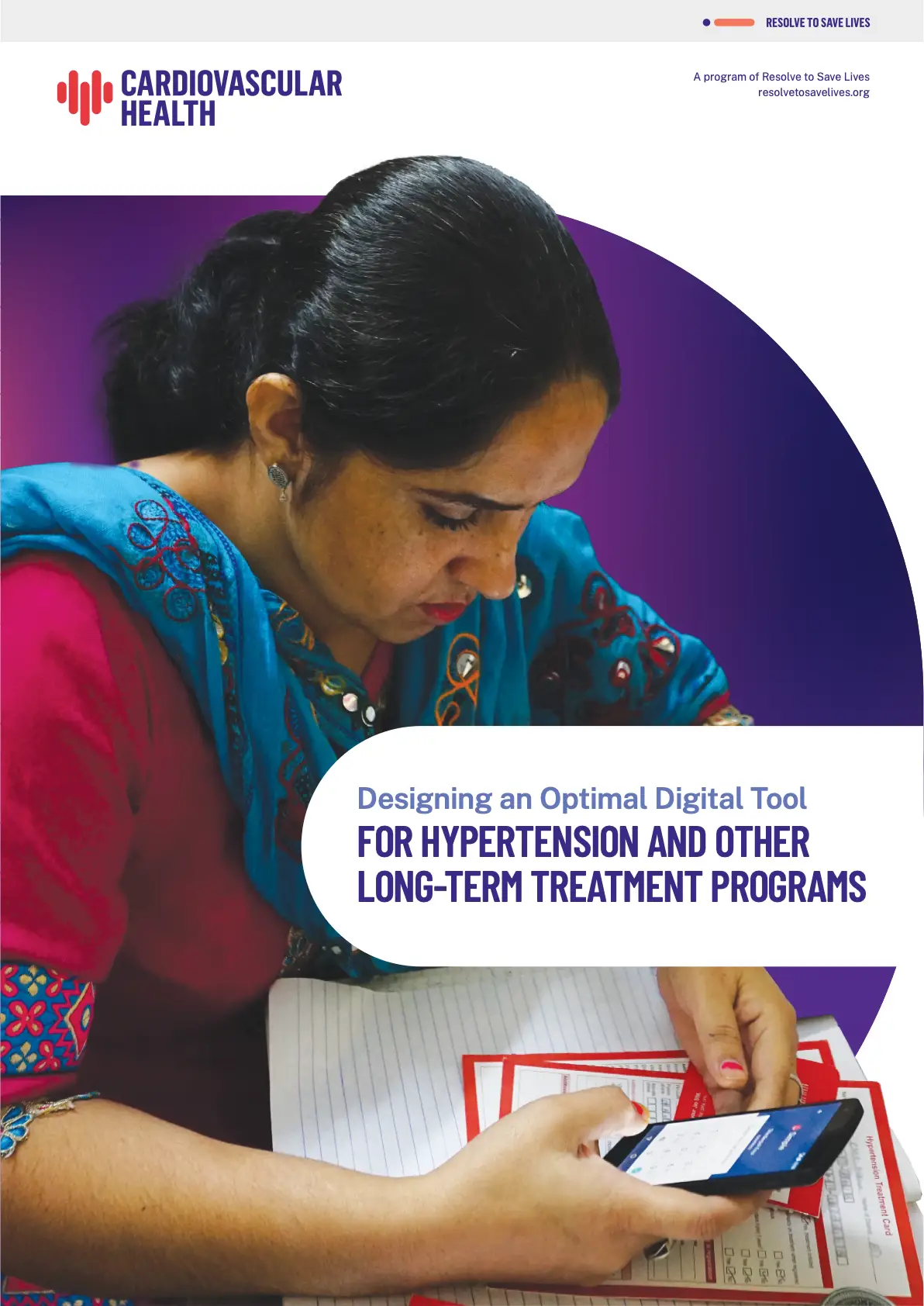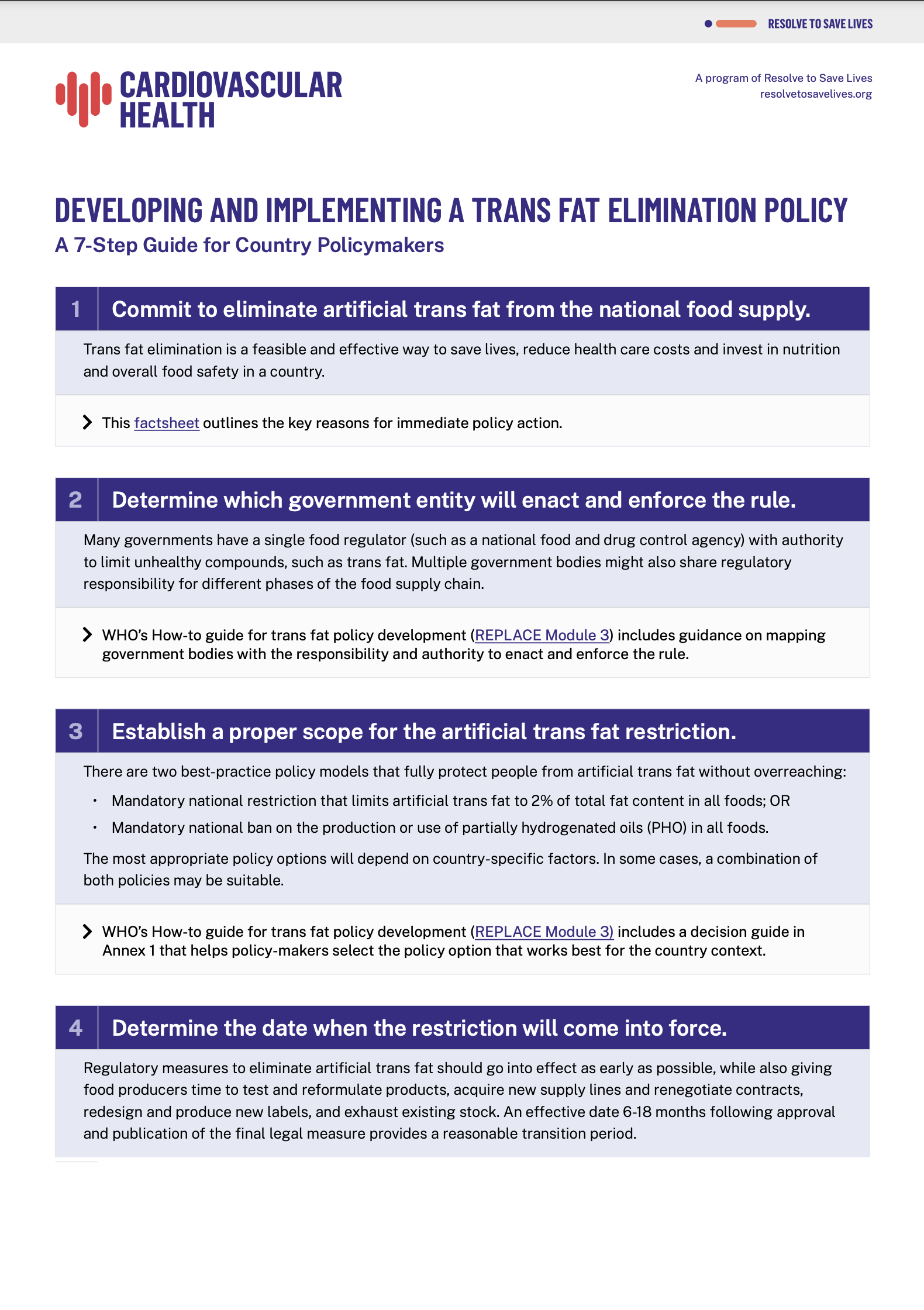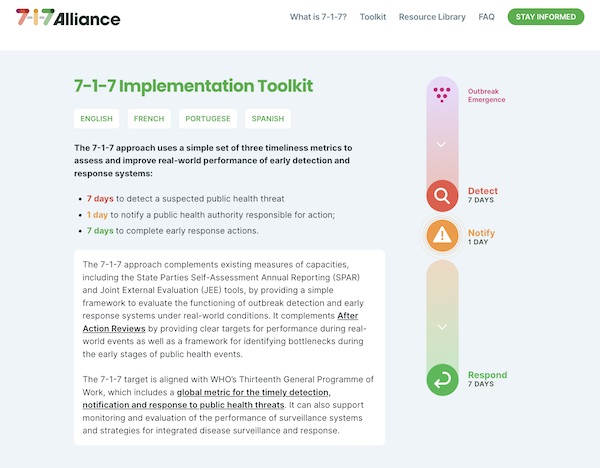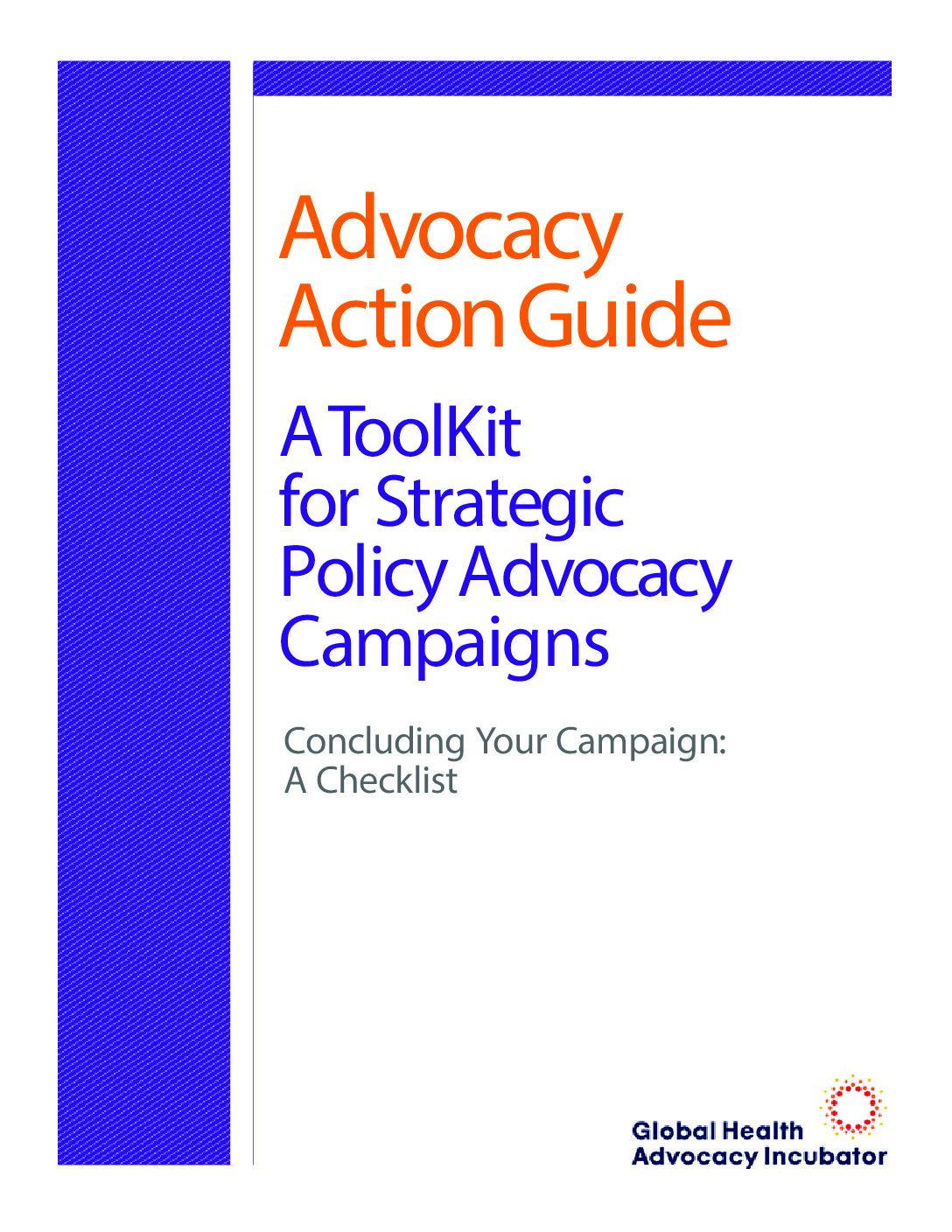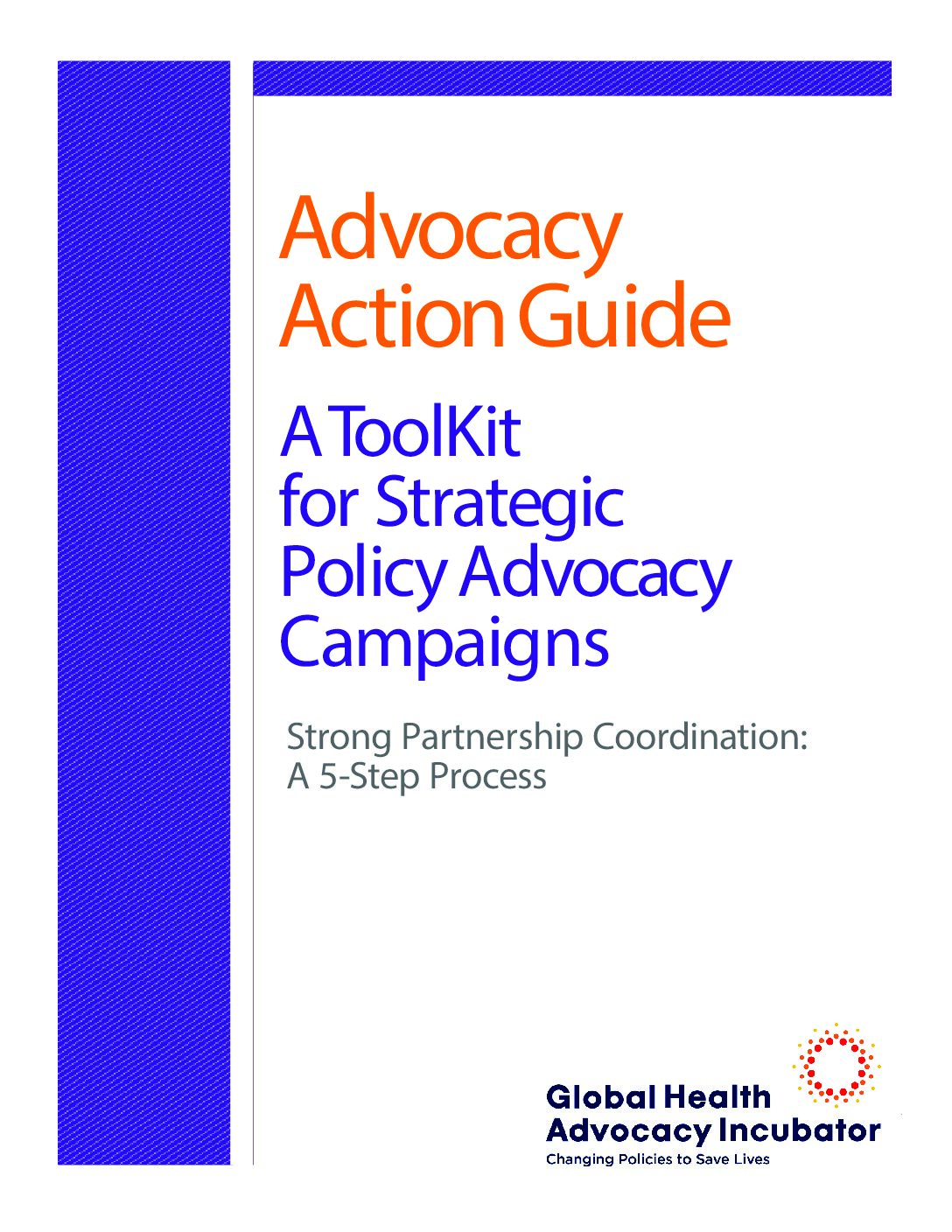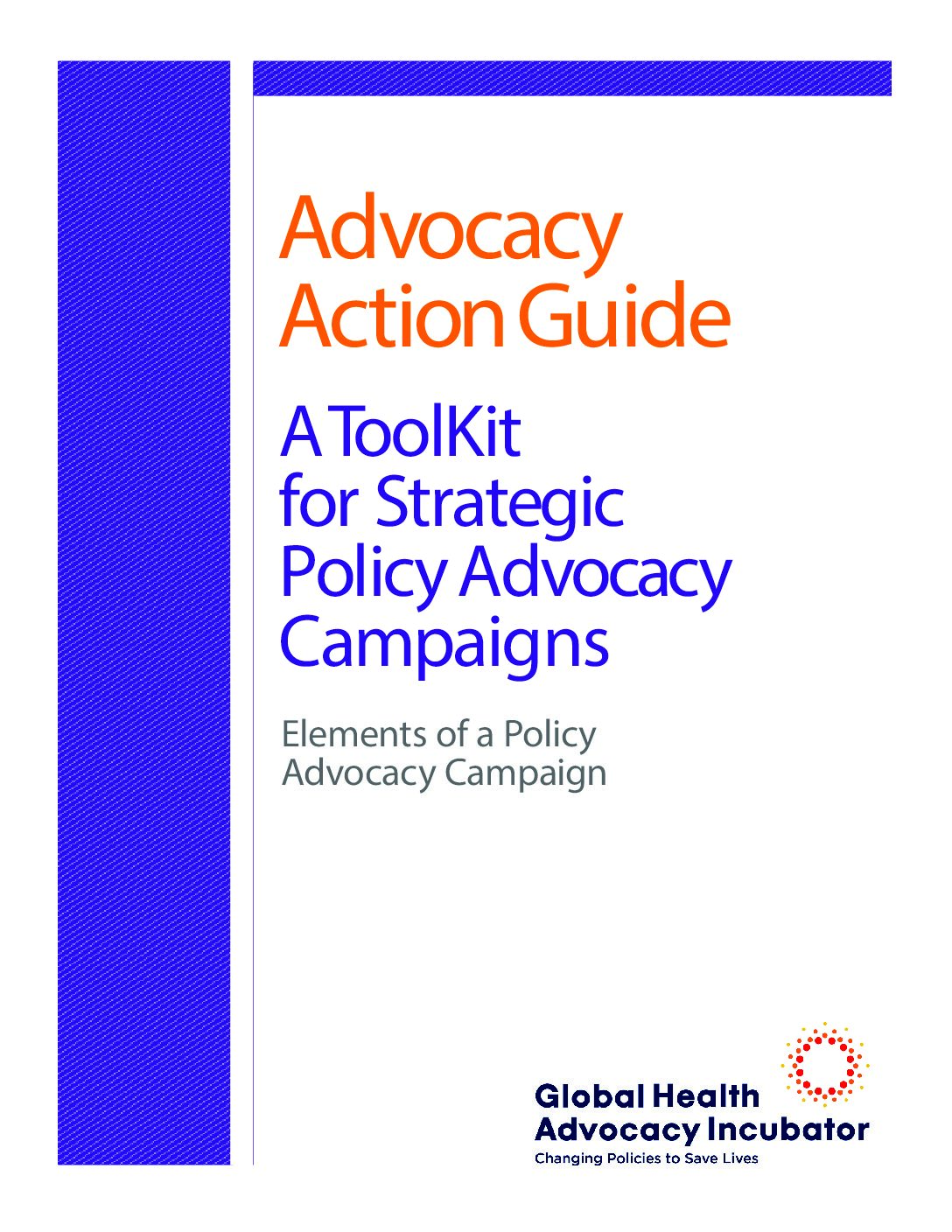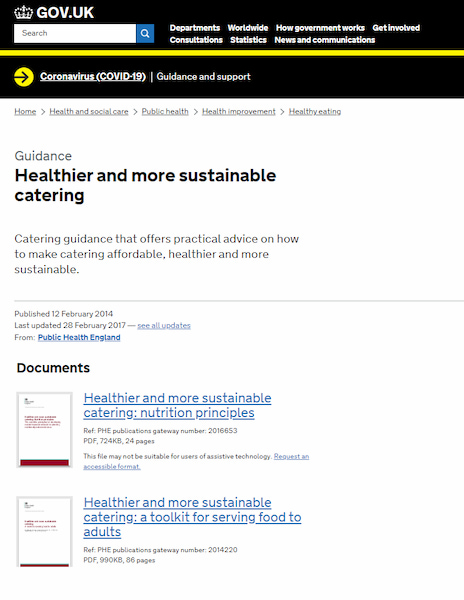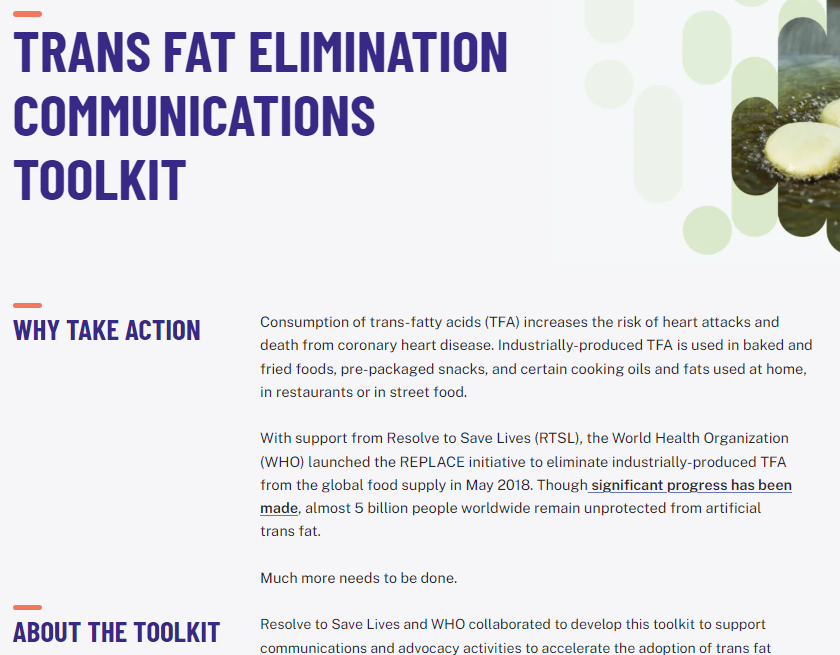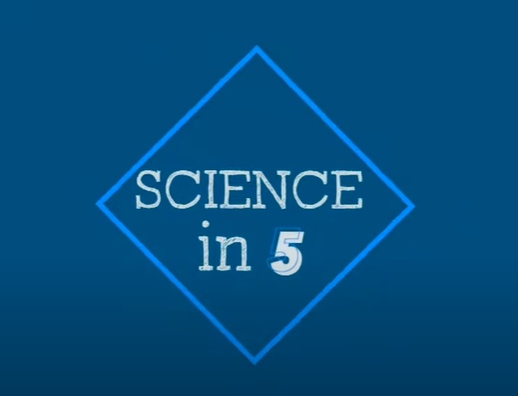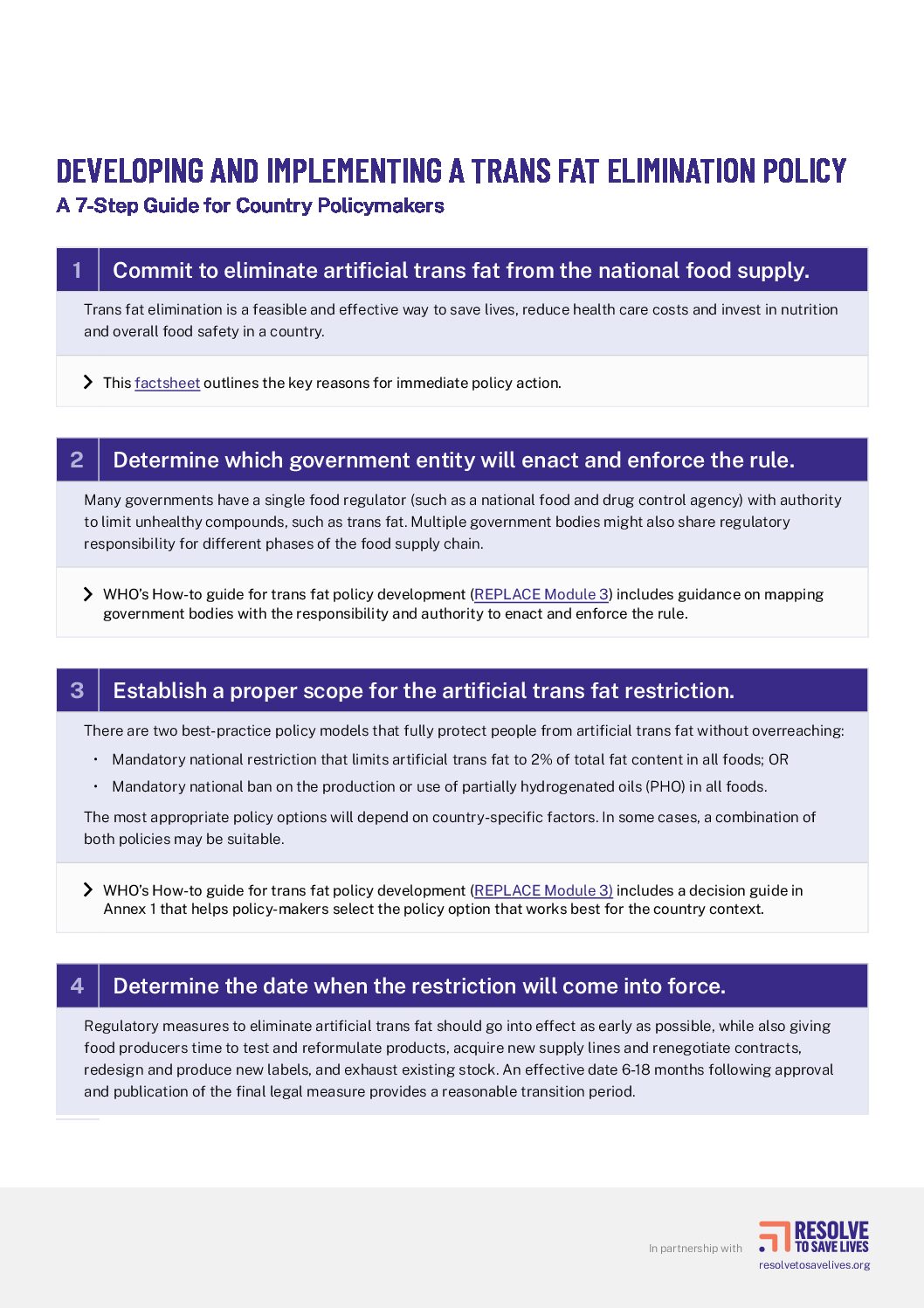Resource Library
Tools and toolkits
Resolve to Save Lives
Step-by-step guidance for creating an effective digital tool for hypertension management and other chronic disease programs
Resolve to Save Lives
Practical steps for countries to develop and implement best practice trans fat elimination policies
Resolve to Save Lives
User guide that decisionmakers, researchers, and advocates can reference while using RTSL’s Global Nutrition Database for Packaged Foods.
Global Health Advocacy Incubator
Global Health Advocacy Incubator
World Cancer Research Fund
Resolve to Save Lives
Resolve to Save Lives
Resolve to Save Lives
Resolve to Save Lives
Resolve to Save Lives
7-1-7 Alliance
Resolve to Save Lives
Pan American Health Organization
PUBLIC HEALTH ENGLAND, UNITED KINGDOM
World Health Organization, Resolve to Save Lives
World Health Organization
Resolve to Save Lives
Resolve to Save Lives
Resolve to Save Lives
Resolve to Save Lives
Resolve to Save Lives
World Health Organization
World Health Organization
World Health Organization
World Health Organization
World Health Organization
Resolve to Save Lives
